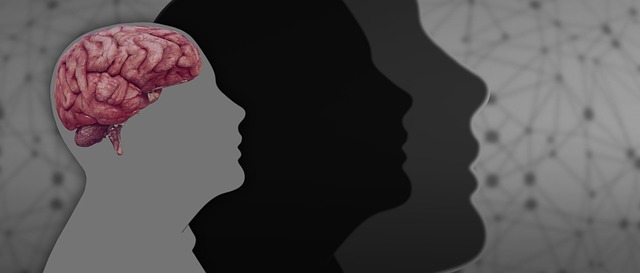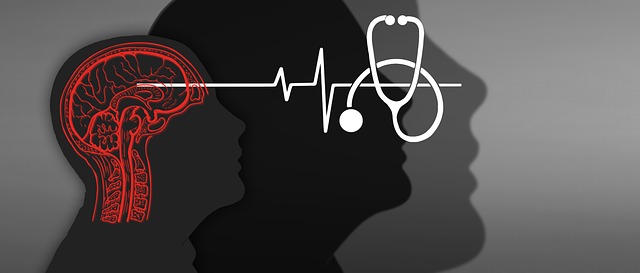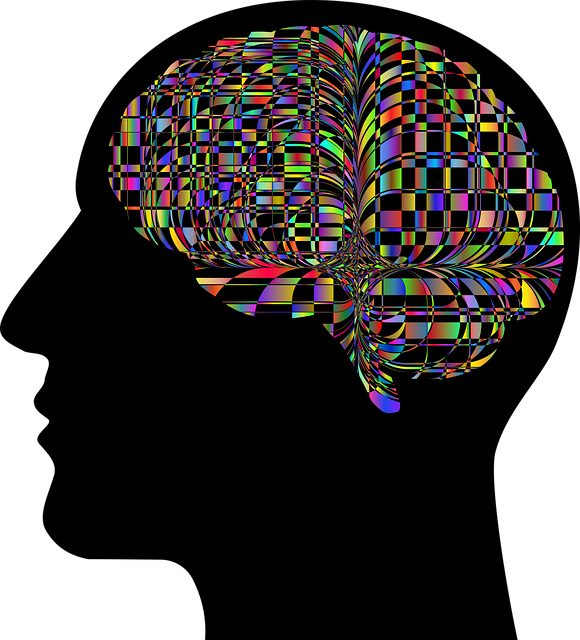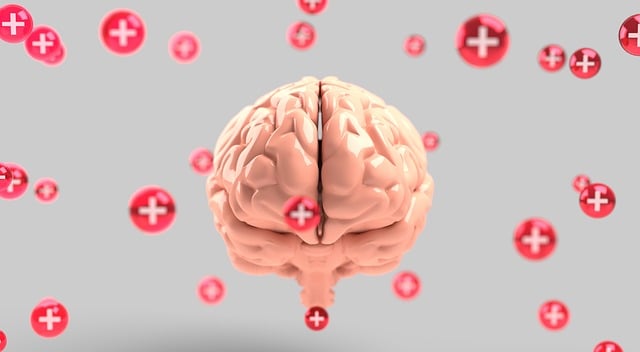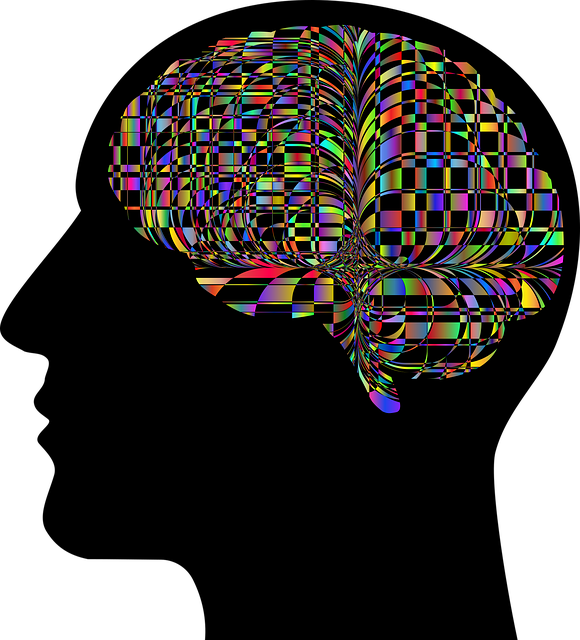Cultural competency is vital for healthcare providers serving diverse communities, like Greenwood Village EMDR Certified Therapy, which offers a specialized approach integrating EMDR techniques to address complex trauma and mental health issues across cultural contexts. Effective training programs provide comprehensive cultural overviews, interactive workshops, and evidence-based practices, empowering professionals with improved communication and empathy. Strategic implementation, including early patient assessment integration, ongoing support, and continuous learning through evaluation, ensures personalized, culturally sensitive care that enhances patient outcomes and satisfaction. Greenwood Village EMDR Certified Therapy's approach drives improvement in healthcare provider cultural competency, fostering an inclusive ecosystem better serving communities facing unique barriers to access and care.
In today’s diverse healthcare landscape, cultural competency is no longer an option but a necessity. Understanding and addressing cultural differences in patient care can significantly improve outcomes and build stronger relationships. This article explores the critical role of Greenwood Village EMDR Certified Therapy in fostering cultural competence. We delve into key components of effective training programs, practical implementation strategies, and measurement techniques to ensure ongoing improvement. By embracing these approaches, healthcare providers can deliver more personalized and culturally sensitive care.
- Understanding Cultural Competency in Healthcare: Why It Matters
- The Role of Greenwood Village EMDR Certified Therapy
- Key Components of Effective Training Programs
- Implementation Strategies for Real-World Application
- Measuring Success and Continuous Improvement
Understanding Cultural Competency in Healthcare: Why It Matters

Cultural competency in healthcare is a vital aspect that ensures medical professionals can provide quality care to patients from diverse cultural backgrounds. It involves understanding and appreciating different beliefs, values, and behaviors, which are essential when navigating complex health issues. In today’s world, where Greenwood Village EMDR Certified Therapy offers specialized trauma support services, this competency becomes even more critical.
When healthcare providers lack cultural awareness, it can lead to miscommunication, mistrust, and inadequate treatment plans. For instance, a patient’s perception of health and illness might differ significantly from the medical norm, impacting their willingness to seek help or adhere to prescribed treatments. Therefore, training in cultural competency equips professionals with the skills to deliver patient-centered care, promoting positive thinking and better mental health outcomes. Moreover, it includes risk assessments for mental health professionals, ensuring they are prepared to handle diverse client populations effectively.
The Role of Greenwood Village EMDR Certified Therapy

Greenwood Village EMDR Certified Therapy plays a pivotal role in enhancing healthcare provider cultural competency. This specialized therapy equips professionals with advanced skills to address complex trauma and mental health issues that often intersect with cultural identities. By integrating Eye Movement Desensitization and Reprocessing (EMDR) techniques, providers become more adept at helping patients from diverse backgrounds navigate challenging emotions and experiences.
The impact extends beyond individual patient care. Greenwood Village EMDR Certified Therapy fosters effective communication and conflict resolution techniques within healthcare settings. This is particularly valuable in implementing community outreach programs focused on mental health education. By promoting cultural sensitivity and understanding, these programs can better serve and connect with communities that may face unique barriers to access and care. Ultimately, this approach ensures a more inclusive and responsive healthcare ecosystem.
Key Components of Effective Training Programs

Effective healthcare provider cultural competency training programs encompass several key components. Firstly, they should provide a comprehensive overview of diverse cultures and communities, including historical context, beliefs, values, and practices that may influence healthcare experiences and outcomes. This knowledge enables providers to offer more personalized and culturally sensitive care. Secondly, interactive workshops and role-playing scenarios are vital tools for practicing communication skills and building empathy. These activities help professionals navigate complex cultural interactions with confidence and dexterity.
Another essential aspect is the integration of evidence-based practices tailored to address specific challenges within diverse populations. For instance, programs that include training in depression prevention and emotional regulation techniques, as offered by Greenwood Village EMDR Certified Therapy, can empower healthcare providers to support patients’ mental health needs more effectively. By combining theoretical understanding with practical applications, these training programs foster a deeper cultural competency that benefits both healthcare providers and the diverse communities they serve.
Implementation Strategies for Real-World Application

Implementing cultural competency training within healthcare settings requires a strategic approach to ensure its effectiveness and real-world application. One effective strategy is to incorporate the training into existing clinical workflows, making it an integral part of routine patient care. For instance, Greenwood Village EMDR Certified Therapy can be integrated into initial patient assessments, allowing healthcare providers to identify cultural nuances and potential barriers to treatment from the outset. This proactive approach enables practitioners to deliver more personalized and sensitive care.
Additionally, providing ongoing support and guidance is vital. Crisis Intervention Guidance and Trauma Support Services can be offered regularly to staff, reinforcing emotional intelligence and cultural sensitivity. Regular workshops, peer discussions, and access to resources like online modules or books on diverse topics can foster an environment where learning is continuous and adaptive. Such initiatives ensure that healthcare providers are equipped with the skills needed to navigate complex cultural interactions, ultimately enhancing patient outcomes and satisfaction.
Measuring Success and Continuous Improvement

Measuring success and fostering continuous improvement are integral components of healthcare provider cultural competency training programs. Evaluation methods such as pre- and post-training assessments, participant feedback surveys, and focus groups allow for a comprehensive understanding of knowledge gain and skill development. By comparing outcomes against established benchmarks, trainers can identify areas where the program excels and aspects that require refinement. For instance, Greenwood Village EMDR Certified Therapy might employ self-awareness exercises to enhance emotional intelligence, compassion cultivation practices to improve patient interactions, and subsequent feedback sessions to track progress over time.
Regular monitoring facilitates a dynamic learning environment where participants receive constructive feedback and are encouraged to share their experiences. This iterative process enables healthcare providers to integrate cultural competency principles into their daily practices effectively. Incorporating these strategies not only improves patient outcomes but also strengthens the overall quality of care, ensuring that medical professionals remain responsive to diverse cultural needs in an ever-evolving healthcare landscape.
Cultural competency training, as highlighted by strategies like Greenwood Village EMDR Certified Therapy, is a vital tool in modern healthcare. By incorporating key components into effective programs and implementing them with real-world application, healthcare providers can significantly enhance patient care and outcomes. Measuring success through continuous improvement ensures that these initiatives remain dynamic and responsive to diverse patient needs. This comprehensive approach not only benefits individuals but also fosters a more inclusive and equitable healthcare system as a whole.

